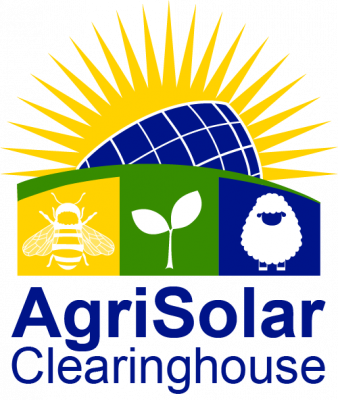Case Study: Fiddlehead Farms
By Anna Richmond-Mueller, NCAT Energy Analyst Known as the “Sunshine State,” it’s easy to see why solar energy production should be right at home in Florida. The state is also one of the country’s top agricultural producers, raising billions of dollars worth of specialty crops and livestock each year. Agrivoltaics seems like a natural fit […]
